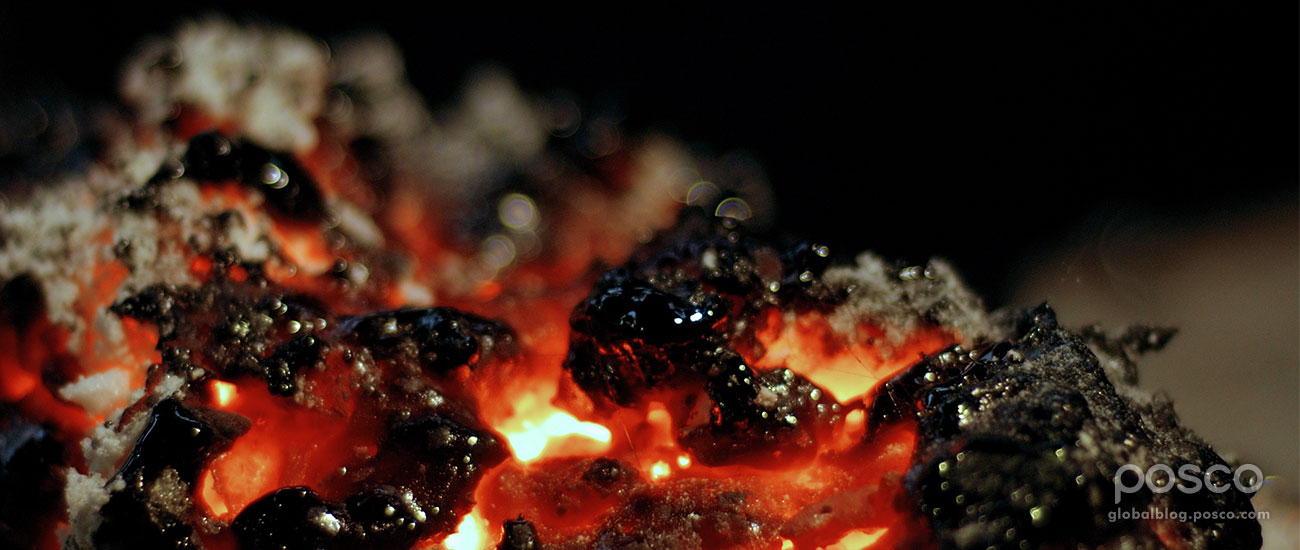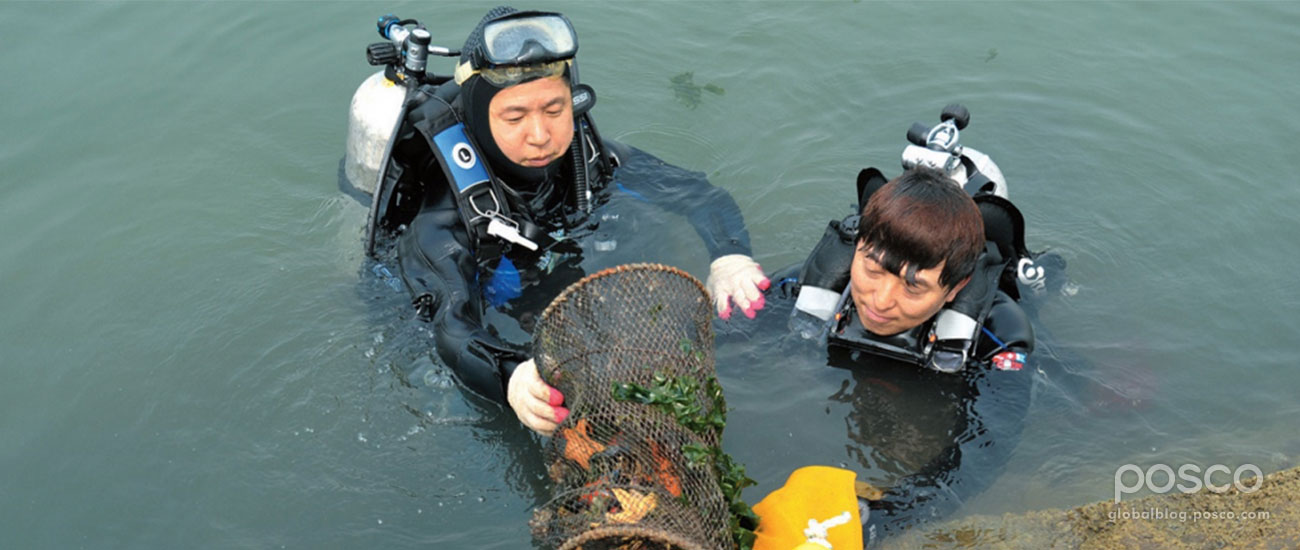More than half of the world’s population lives within 200 kilometers of the ocean, but even those who live nowhere near the sea are dependent on the massive saltwater ecosystem that covers nearly three quarters of the earth.
In fact, the ocean is the heart of our planet. It regulates the climate, feeds millions of people, produces the oxygen that we breathe and is home to an incredible array of wildlife.
To ensure the health and safety of our communities and future generations, it’s imperative that we take the responsibility to care for the ocean in the same way that it cares for us.
Steel, a material known for its ability to be reused and recycled almost infinitely, creates less waste during and after production, making it environmentally-friendly. In addition, steel and its byproducts are being used to recreate marine habitats in areas that have been polluted or destroyed.

In celebration of the United Nations’ World Oceans Day, which is held this year under the theme “Healthy Oceans, Healthy Planet,” POSCO highlights the role of steel in sustainable development and use of the oceans, and how we as individuals can contribute our talents to make oceans more sustainable.
Getting Out the Waste Stream
The term “waste stream” describes the complete life cycle of the garbage we produce—from putting out the trash and recycling for pickup to landfilling, energy production and the reuse of recycled materials. Sadly, a lot of the garbage we as humans produce end up in our planet’s precious oceans.
In the North Pacific, for example, there is an area the size of Texas that is made up mostly of garbage. This floating island of waste, known as the Great Pacific Garbage Patch, swirls around slowly with the ocean currents, imprisoning ill-fated sea creatures and marine life, while trapping non-biodegradable debris, breaking it down into tiny toxic bits and dispersing it throughout the ocean’s waters.
Of these marine wastes, plastics are perhaps the most common and the most harmful, as they tend to act as a chemical sponge, concentrating the most damaging pollutants found in the world’s oceans. For every pound of natural plankton in this area, there are six pounds of plastic.
While metal pollutants are a component of this toxic mix, steel is more often than not removed from the waste stream before it gets to the oceans.
Boasting magnetic properties, steel is more easily removed from the rest of the recycling stream via magnets. After it is separated from other materials, steel-based products are crushed and baled for transport to steel mills. There, the materials are recovered through chemical and electrolysis baths, purified, melted and cast into ingots. After being poured into sheets, the steel is shaped into cans, siding, storm window frames and other products, thus being reused rather than polluting our oceans.
Steel Slag—A New Home for Marine Life
The pollution that circulates, in combination with warming water temperatures, has severely affected marine ecosystems throughout the world.
Reef degradation is one example. In this situation, “stressed” corals, unable to photosynthesize due to decreasing algae, quickly perish. As industrialization in affected areas continues to increase, damages expanded across the area’s coasts.
The seawater’s self-purification capability then steadily weakens and the accumulating amount of marine wastes and toxic substances permeating the waters keep sunlight from reaching the ocean floor. Without sufficient sunlight—and thus nutrition and oxygenation—the number of algae and sea life dwindle, causing distress to both the ecosystem and the area’s fishing economy.

Yet steel slag, an eco-friendly by-product of steelmaking contains a high proportion of iron and calcium—elements that just so happen to provide ideal conditions for the growth of seaweed and algae spores, and the purification of contaminated sediment.
Which is exactly why communities across the world have been using the product in their marine forestation efforts.
With steel reefs providing a more habitable, biodiverse environment, creatures that had all but died out can prosper. Additionally, the restoration of the marine ecosystem contributes to the increase of fish productivity and therefore the local economies of coastal towns and villages.
POSCO Makes Waves in Ocean Conservation
Just as steel helps to protect the world’s waters, steelmaker POSCO is also making efforts to take care of the sea through an employee volunteer program.
POSCO Volunteers for Clean Ocean has been working on purifying and preserving the oceanic environment for eight years. Some 780 POSCO staff members and their families are currently working as group volunteers, with 270 of them being professional divers who hold skin scuba certificates.

Over the years, POSCO Volunteers for Clean Ocean has participated in diverse activities around Korea’s coastline. Their activities include removing litter from the ocean, removing starfish from farm fisheries and refloating scrapped fishing boats in Korea’s East, West and South Seas. In 2013, the group held an environment purification project in the waters of Dokdo Island.
This month, POSCO Volunteers for Clean Ocean will visit Korea’s Ullengdo Island and Dokdo Island. There, the group will work to restore the marine ecosystem around the island through purification activities.
Moving forward, POSCO, with a little help from steel, will continue to take the lead in protecting the oceanic environment.
